Bringing essence of Vietnamese pho to the world
After the success of the 2024 Pho Festival in Nam Dinh, the event will continue in Hanoi this April, aiming to spread the values of Vietnamese cuisine and culture, intertwined with nostalgia and the marks of modern times. The journey of culinary exploration is not just about satisfying hunger but also about discovering the beauty and soul of each land, opening doors to culture and history.
Pho is a simple name yet one that evokes deep memories in the heart of every Vietnamese. It brings back childhood recollections of waiting in long lines by a steaming street pho vendor, come rain or shine.
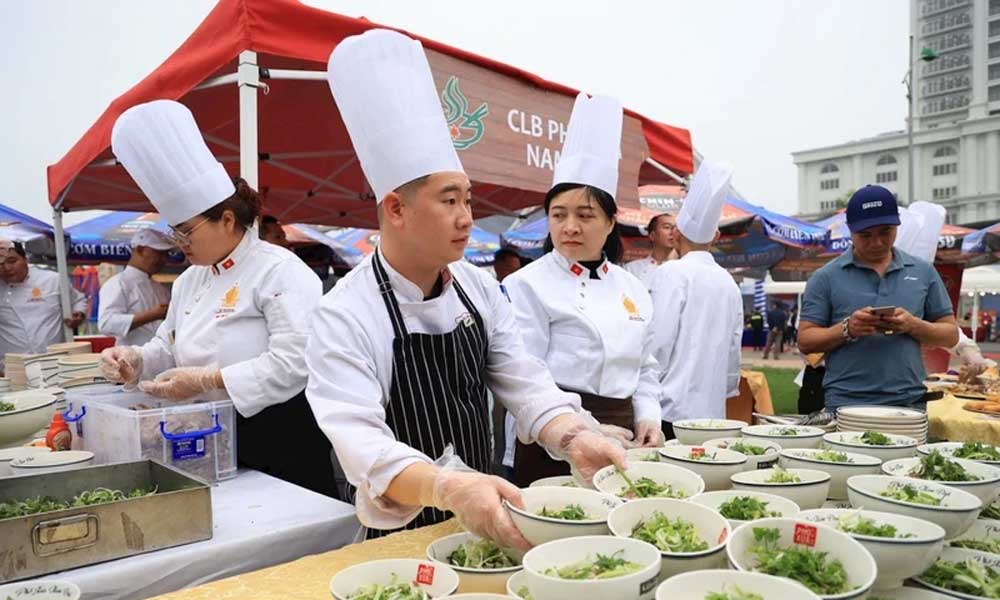 |
|
Artisans prepare pho for guests at the 2024 Pho Festival. |
For those who have left their homeland, the longing and nostalgia are undeniable. After long flights, traversing numerous lands, and being consumed by work, nothing compares to the comforting sight of a steaming bowl of pho awaiting them just beyond the airport doors.
For Hanoi residents, pho is not just a dish, it is a cultural emblem and a source of familiarity.
The clinking sound of pho bowls being prepared echoes through the quiet streets, waking up children still drowsy with sleep, dreaming of a crystal-clear broth, tender beef slices, and silky noodles immersed in the piping-hot soup, exuding an irresistible aroma.
The poem “Pho duc tung” by poet Tu Mo, written in 1934, praises the irresistible appeal of pho. It vividly describes the fragrant steam rising from a bowl of pho, awakening the senses and stirring hunger deep within. Tu Mo elevates pho from mere street food to a cherished symbol of Vietnamese culinary pride.
Researcher Nguyen Ngoc Tien, who has dedicated much time and effort to studying pho, believes that the dish originated in Nam Dinh, beginning as a simple meal of rice noodles served with bone broth for textile workers.
The legacy of Nam Dinh pho can still be seen in the many pho shops established across northern provinces and cities. However, he acknowledges that there are multiple theories about its origin.
What remains indisputable is that pho is an authentic Vietnamese creation, not an adaptation of any foreign dish.
Vietnamese pho is likened to a symphony of history, geography, and culture, carrying influences from various regions to create an iconic dish.
From the fragrant spices of the Northwest mountains (star anise, cinnamon, and cardamom) to the essence of the sea (fish sauce and sea worms), each element contributes to its uniqueness.
The harmony of ingredients and seasonings is what defines the sophistication of pho.
For a truly flavourful and authentic broth, artisan Le Thi Thiet, President of the Nam Dinh Culinary Culture Association and Vice President of the Nam Dinh Fish Sauce Association, emphasises the essential role of fish sauce.
Culinary researcher Le Tan also affirms that fish sauce is a key component that enhances and complements pho, giving it its distinctive and unforgettable taste.
Vietnamese chefs use fish sauce with precision, carefully adjusting the amount to blend perfectly with other spices such as cinnamon, star anise, and cardamom, creating a balanced and full-bodied broth.
Beyond the broth, fish sauce is also used in marinating the beef before cooking, adding further depth to the dish. This versatility in using fish sauce highlights both the diversity of Vietnamese pho and the creativity and refinement of Vietnamese culinary traditions.
According to culinary experts, pho did not originate in lavish settings but rather in humble street corners, where steaming bowls warmed up cold winter mornings.
No matter where it is served or how it is prepared, Vietnamese pho remains a unifying symbol of the nation, connecting the mountains to the seas, from north to south, woven with soul, love, and aspiration. Hanoi’s pho is elegant, Nam Dinh’s is rich, and Saigon’s is innovative and diverse.
Together, they form a colourful pho map, reflecting the culinary culture of each region as well as the country as a whole.
More importantly, pho has made its mark globally. Vietnamese pho restaurants in the US, France, Germany, Japan, and beyond have become cultural touchpoints for expatriates longing for home and enticing destinations for food lovers worldwide.
The flavour of pho serves as a subtle yet powerful introduction to Vietnamese culture.
Renowned conductor Le Phi Phi recalls how, as a child in evacuation, he had no access to pho. Later, while studying and settling abroad, every rare return to Vietnam was marked by the joy of sharing a bowl of pho with his father, musician Hoang Van, and his mother, Dr Ngoc Anh.
Even when traveling for performances, he never forgets to add a few drops of fish sauce to enhance the flavour, just as his son, carrying both Vietnamese and Macedonian heritage, now does.
In recent years, Vietnam has actively promoted cultural and culinary tourism, with traditional dishes like pho becoming highlights of visitors’ journeys.
From pho streets in Hanoi, Ho Chi Minh City, and Nam Dinh to culinary tours in Hoi An, Hue, and Da Nang, travellers can experience pho in a variety of settings.
Beyond simply tasting pho, culinary tourism offers immersive experiences. Visitors eagerly explore Hanoi’s narrow alleyways, rich with tradition, visit Nam Dinh’s traditional noodle-making villages, watch master chefs prepare pho at family-run restaurants, or join cooking classes to bring the taste of Vietnam back to their homelands.
These fascinating elements not only elevate pho but also promote Vietnam as an enticing destination. In an era of global integration, Vietnamese pho has transcended the confines of traditional eateries, earning a place on international restaurant menus and receiving prestigious recognition in global culinary rankings.
The global reputation of Vietnamese pho contributes to making Vietnam and its people more familiar and endearing to the world, drawing travellers eager to experience its landscapes, heritage, and, of course, an authentic bowl of pho.
When a dish becomes a reason for people to visit a country, that is the ultimate success of culinary tourism.
 Bắc giang
Bắc giang



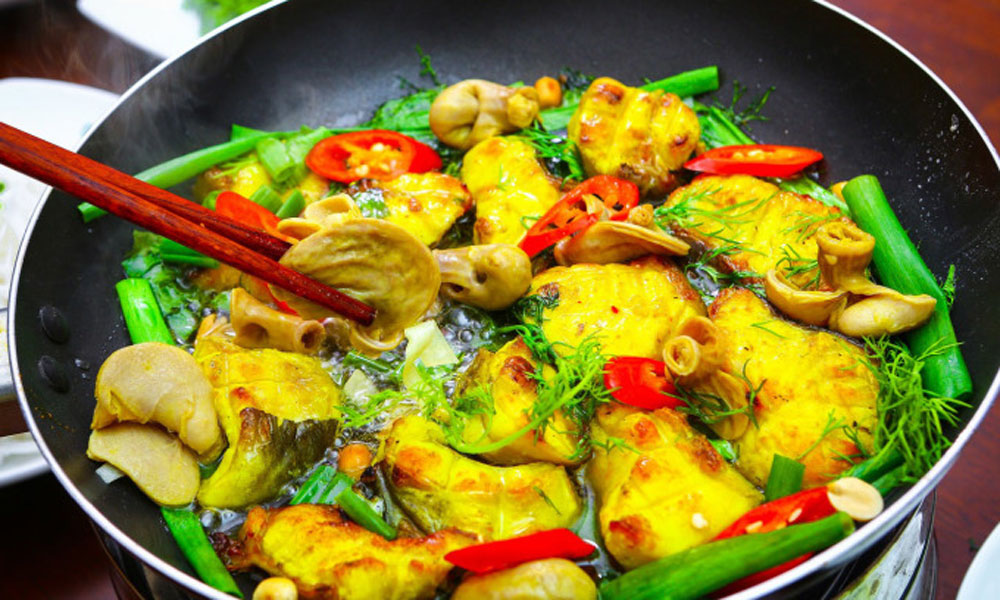


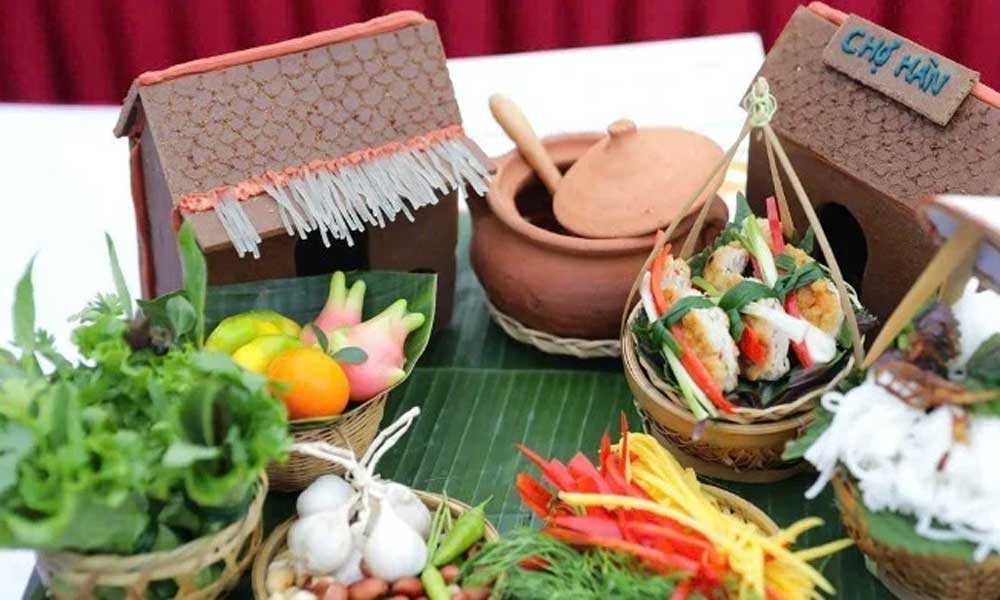
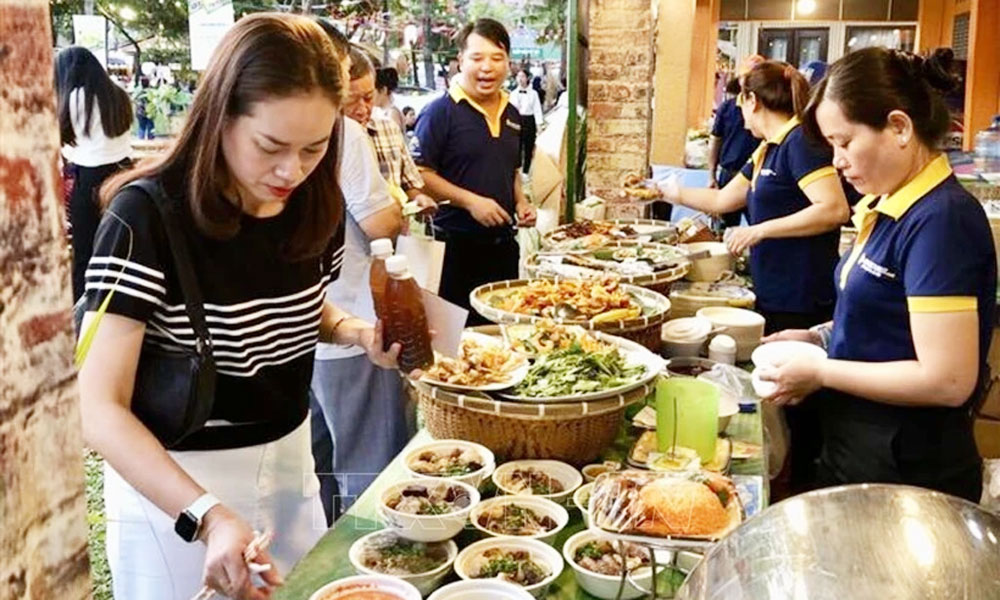
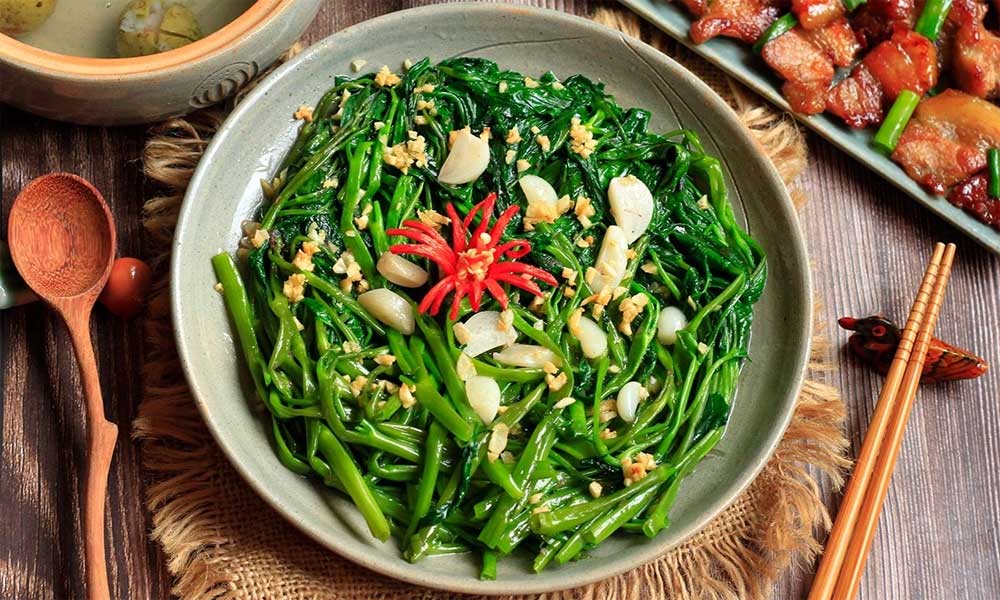
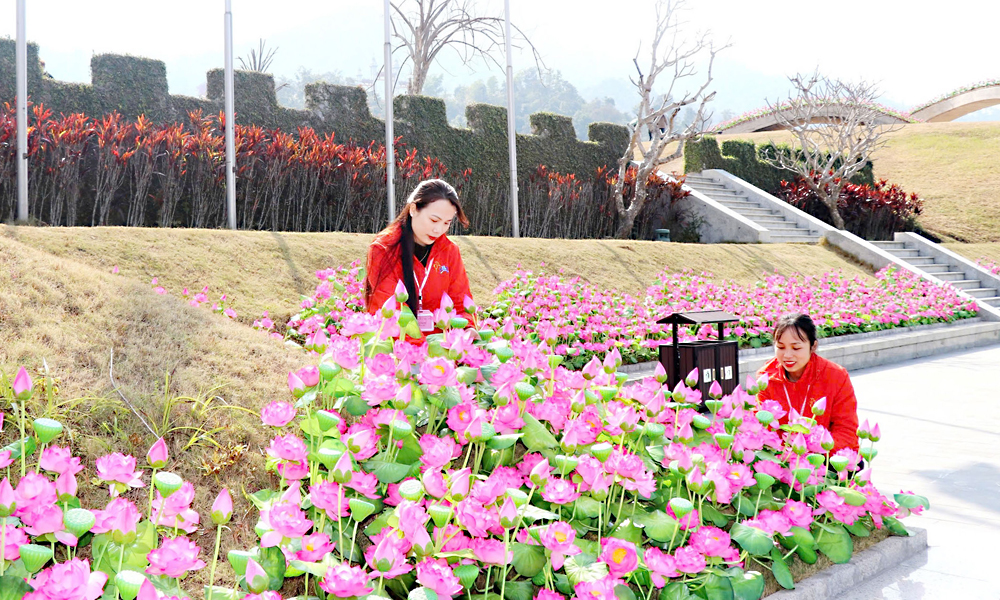



Reader's comments (0)